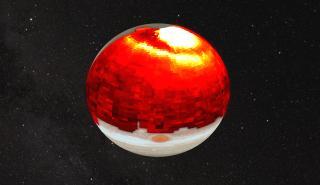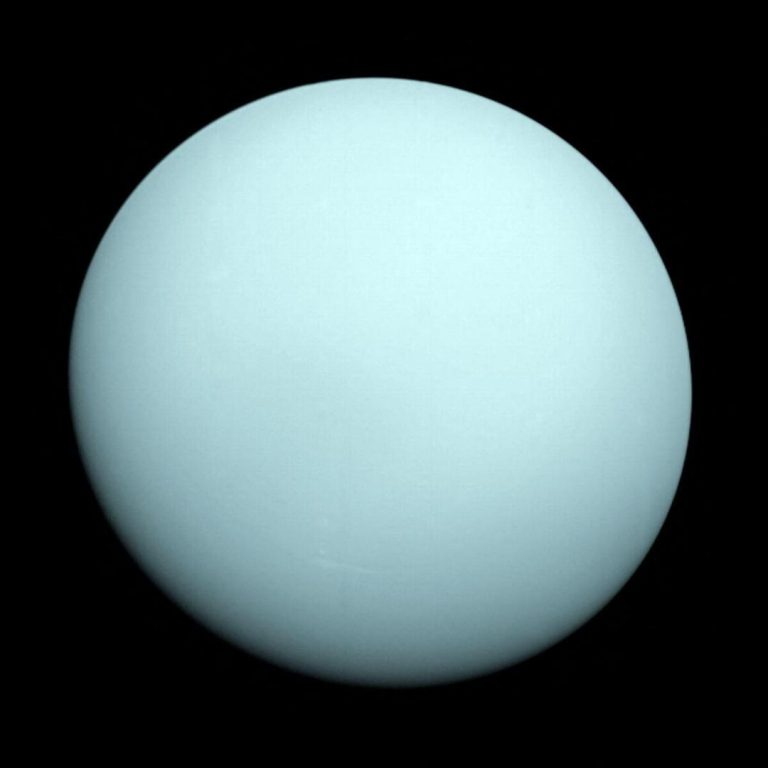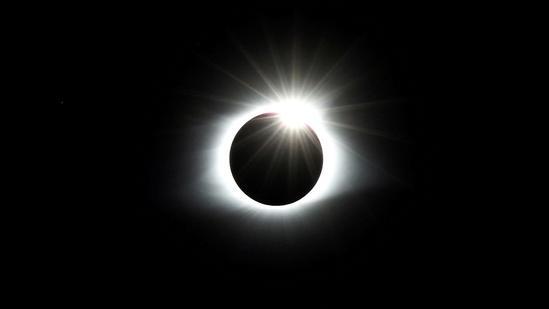
Solar Winds Hit Jupiter in 2017 and “Squished” its Magnetic Field
Jupiter, the largest planet in our solar system, is known for its impressive magnetic field, which creates a protective bubble around the planet known as the magnetosphere. This bubble shields Jupiter from harmful solar winds and cosmic rays, allowing the planet’s atmosphere to remain intact. However, a recent study has revealed that a powerful solar wind event hit Jupiter in 2017, causing its magnetic field to “squish” and creating a hot region with temperatures over 500°C.
The study, conducted by the University of Reading, used data from NASA’s Juno spacecraft to analyze the effects of the solar wind event on Jupiter’s magnetic field. The research team found that the event created a hot region spanning half of Jupiter’s circumference, which is significantly hotter than the usual 350°C temperatures found in the planet’s magnetosphere.
The solar wind event that hit Jupiter in 2017 was a coronal mass ejection (CME), a massive burst of hot, ionized gas released from the sun’s corona. CMEs are powerful enough to affect the entire solar system, and they often release large amounts of energy and particles into space. In this case, the CME hit Jupiter’s magnetic field, causing it to compress and distort.
The compression of Jupiter’s magnetic field had a significant impact on the planet’s atmosphere. The hot region created by the CME was found to be thousands of kilometers wide and deep, and it was characterized by extremely high temperatures and intense magnetic activity. The research team believes that this hot region was likely caused by the compression of Jupiter’s magnetic field, which increased the energy density of the planet’s atmosphere.
The study’s lead author, Dr. Sarah Gibson, said that the event was likely a one-off occurrence, but it highlights the potential impact of solar wind events on Jupiter’s magnetic field. “This event was a rare and extreme case, but it shows how powerful solar wind events can affect Jupiter’s magnetic field and atmosphere,” she said.
Jupiter’s magnetic field is a vital component of the planet’s atmosphere, and it plays a crucial role in shielding the planet from harmful solar winds and cosmic rays. The field is created by the movement of charged particles in Jupiter’s liquid metal core, and it is powered by the planet’s rapid rotation and convection in the core.
The solar wind event that hit Jupiter in 2017 was likely just the tip of the iceberg. The study’s authors believe that Jupiter’s magnetic field is likely to be affected by solar wind events on a regular basis. In fact, they estimate that the planet is hit by solar wind events around 2-3 times per month.
The impact of these events on Jupiter’s magnetic field and atmosphere could have significant implications for our understanding of the planet’s climate and geology. Jupiter’s magnetic field is known to play a crucial role in shaping the planet’s atmosphere, and changes to the field could have a significant impact on the planet’s weather patterns and atmospheric circulation.
The study’s findings also highlight the importance of continued research into solar wind events and their impact on the solar system. The solar wind is a powerful force that can affect the entire solar system, and understanding its behavior is crucial for our understanding of the planets and their magnetic fields.
In conclusion, the study’s findings provide new insights into the impact of solar wind events on Jupiter’s magnetic field and atmosphere. The event that hit Jupiter in 2017 was a rare and extreme case, but it highlights the potential impact of solar wind events on the planet’s magnetic field and atmosphere. Further research is needed to understand the full implications of these events and their impact on the solar system.






